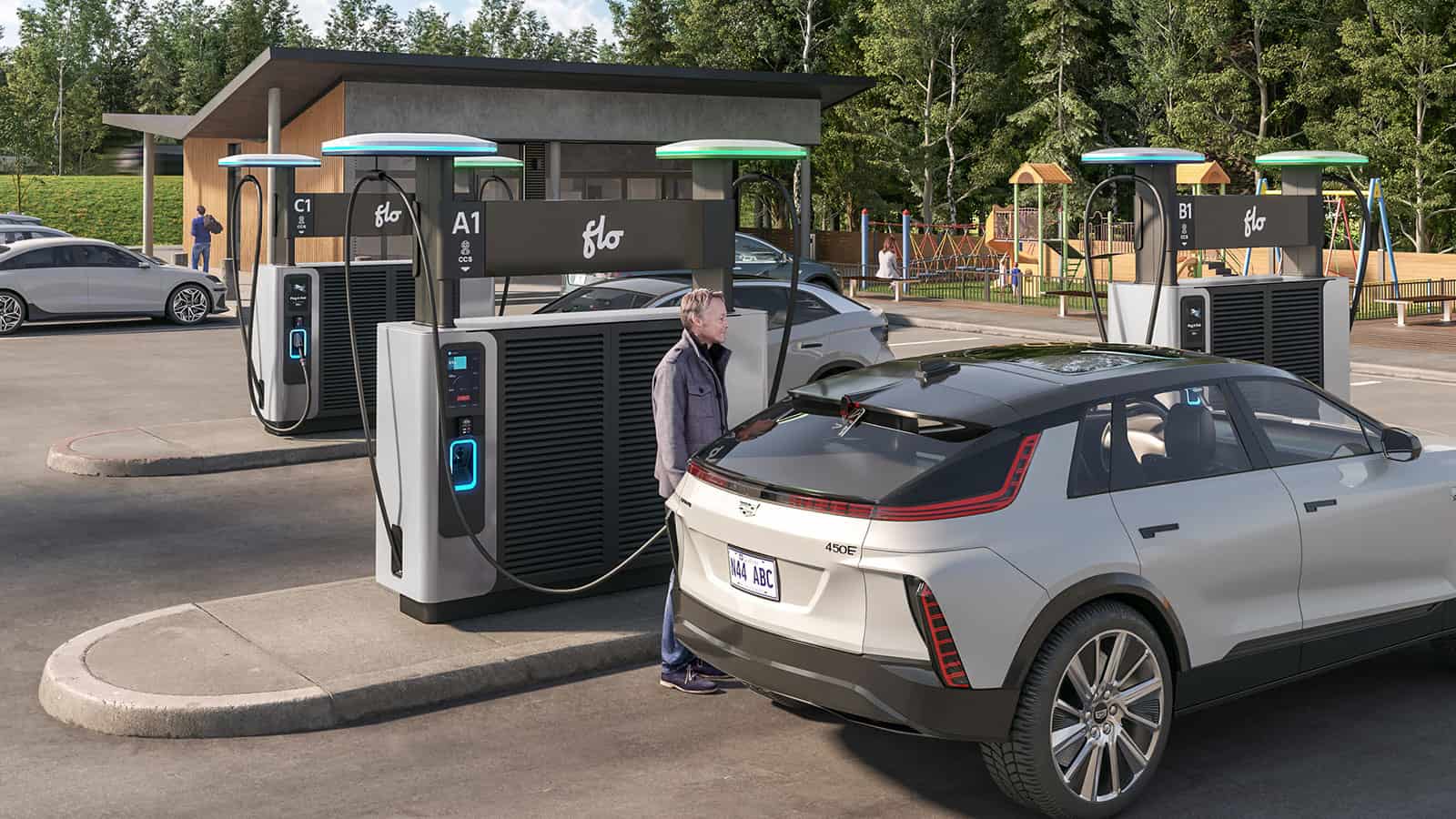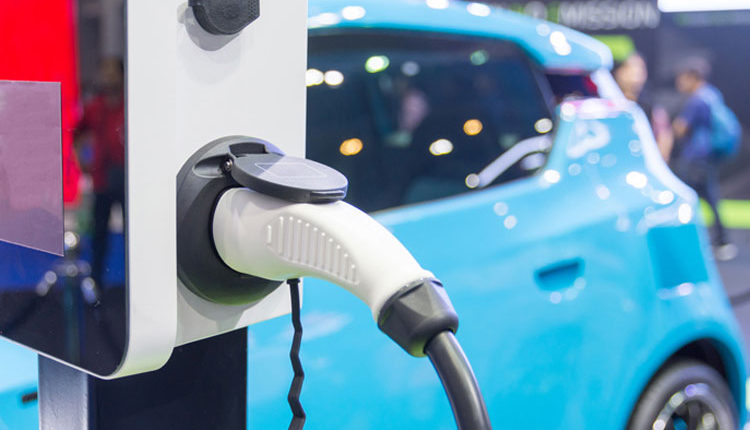What’s Driving the Growth of EV Infrastructure? Buy EV Charging news for Key Updates
What’s Driving the Growth of EV Infrastructure? Buy EV Charging news for Key Updates
Blog Article
Leading EV Charging News: Secret Updates on Framework and Advancement

Recent Advancements in Fast-Charging Technology

Additionally, advancements in battery innovation, including enhanced thermal management systems and greater power thickness batteries, complement fast-charging capacities. These advancements reduce the threat of battery deterioration during fast charging, making certain longevity and efficiency for EV proprietors.
Additionally, the assimilation of wise charging solutions is enhancing individual experience, making it possible for real-time tracking and vibrant pricing designs. EV Charging news. This adaptability permits drivers to enhance billing costs and times based upon grid demand
As automakers proceed to spend in fast-charging networks, the partnership in between industry stakeholders is critical. Collaborations between billing station companies and automobile manufacturers are leading the means for considerable coverage, ultimately promoting a more durable EV ecosystem. These innovations are essential in sustaining the shift to sustainable transportation.
Government Efforts for Billing Development
Federal government efforts play an essential function in the expansion of electric lorry (EV) charging facilities, helping with the change to sustainable transport. Different federal and state programs are being applied to boost billing accessibility, decrease the economic worry on consumers, and advertise the fostering of electrical vehicles.
Especially, the united state federal government has actually assigned substantial financing through the Facilities Financial Investment and Jobs Act, which allocates $7.5 billion for EV charging network growth throughout the nation. This funding is focused on deploying countless new billing terminals, especially in underserved areas, thereby attending to variety stress and anxiety amongst potential EV purchasers.
In addition, various states are establishing regulation to streamline the permitting process for billing terminal installments, which is crucial for speeding up implementation. Motivations such as tax obligation credit scores and refunds for both consumers and organizations are likewise being introduced to encourage the setup of charging facilities.
Additionally, public-private collaborations are significantly becoming an emphasis, leveraging private investment to complement government financing. These initiatives underscore a joint method vital for building a efficient and extensive EV billing network, eventually adding to a greener and even more sustainable future.
Cutting-edge Battery Solutions Enhancing Effectiveness
Revolutionizing the landscape of electric vehicle (EV) technology, cutting-edge battery solutions are considerably enhancing effectiveness and performance. Breakthroughs in battery chemistry, specifically with lithium-sulfur and solid-state batteries, are leading to raised energy density, which enables longer arrays and faster billing times. These brand-new battery kinds have the prospective to outmatch standard lithium-ion batteries by offering higher capacities while reducing weight, consequently improving total vehicle efficiency.
Moreover, advancements in battery administration systems (BMS) are maximizing power use and prolonging battery life-span. Intelligent formulas check battery health and efficiency, making it possible for real-time modifications to billing and discharging processes. This not only boosts the performance of the battery but additionally makes certain a more sustainable and reputable Full Article power resource for EVs.
Moreover, the integration of recycling innovations is dealing with the ecological influence of battery manufacturing and disposal. Developments in second-life applications for EV batteries are promoting their use in power storage systems, contributing to a circular economy.
As these innovative battery remedies continue to progress, they guarantee to change the EV market, making electrical lorries much more enticing and obtainable to a broader target market while supporting global sustainability objectives.

Collaboration Between Automakers and Billing Networks
Recognizing the important requirement for a robust charging facilities, automakers are increasingly teaming up with charging network companies to enhance the EV possession experience (EV Charging news). These collaborations intend to produce a smooth charging environment that profits consumers and sustains the change to electrical vehicles
Significant automobile brands are joining forces with well-known billing networks to increase their charging terminal coverage, ensuring drivers have access to trusted and practical billing choices. As an example, collaborations with networks like ChargePoint and Electrify America allow automakers to integrate charging remedies straight right into their automobiles' navigation systems, directing individuals to the nearest stations and giving real-time availability updates.
Furthermore, these cooperations frequently result in the growth of fast-charging innovations that substantially decrease the time required to charge an EV. By merging resources and experience, automakers and billing networks can innovate much faster, creating options that fulfill the growing demand for electrical mobility.
Additionally, joint initiatives might additionally cause even more standardized charging protocols, which can alleviate More hints consumer complication and promote more comprehensive EV adoption. Generally, these critical partnerships are critical in building a easy to use and reliable charging infrastructure that meets the demands of a broadening electric car market.
Difficulties Facing EV Charging Facilities
As the electric lorry market proceeds to expand, a number of difficulties are emerging that prevent the advancement of a thorough billing facilities. Among the main challenges is the not enough variety of charging stations, especially in country and underserved city locations. This void creates variety stress and anxiety among possible EV purchasers, hindering them from making the button.
Additionally, the absence of standardization accountable modern technology complicates the facilities landscape. Variants in plug kinds and billing rates can develop complication for individuals and raise operational complexities for billing network drivers. Moreover, the assimilation of charging stations right into existing electrical grids poses significant difficulties. Numerous regions deal with capacity restrictions, requiring significant financial investments in grid upgrades to accommodate boosted demand.
Another pressing problem is the high price connected with the setup and maintenance of charging stations, which can be an obstacle for both public entities and private companies. Governing obstacles and zoning restrictions can postpone the deployment of billing framework, restraining progress in increasing necessary solutions. Dealing with these obstacles will certainly be important for promoting a robust EV resource community that sustains the shift to lasting transportation.
Conclusion
In conclusion, the ongoing innovations in EV charging modern technology, supported by significant government initiatives and ingenious battery remedies, are essential for the growth and efficiency of electrical car facilities. Cooperations in between car manufacturers and billing suppliers even more enhance terminal insurance coverage, resolving the expanding demand for available charging choices. In spite of challenges that linger within the EV charging landscape, these advancements signify a positive trajectory in the direction of an extra sustainable and effective electric vehicle environment.
Innovations in billing facilities have actually led to the development of ultra-fast battery chargers qualified of delivering up to 350 kW of power, substantially lowering charging times. Variants in plug types and charging rates can create confusion for users and increase operational complexities for billing network drivers.In final thought, the recurring advancements in EV charging modern technology, sustained by considerable government efforts and ingenious battery remedies, are important for the expansion and efficiency of electric lorry facilities. Collaborations in between automakers and charging service providers better improve station protection, dealing with the expanding demand for accessible charging options. In spite of challenges that persist within the EV billing landscape, these advancements represent a positive trajectory towards a more sustainable and reliable electrical vehicle community.
Report this page